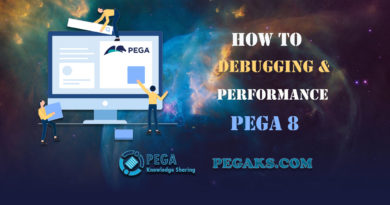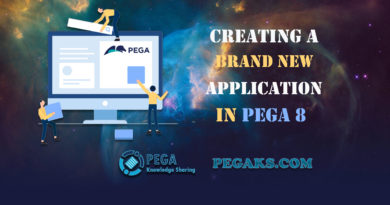Creating PEGA Application is Easy, lets see if its a Myth or Fact. The Pega Platform has been designed to allow business and IT roles to collaborate when writing requirements, developing processes, and implementing new applications. It’s a pretty powerful tool.
PEGA’s philosophy is very different from most approaches to developing applications. Pega relies on model-driven design that auto-generates Java code.
Pega puts as much as possible in the design portion of the show, with visual tools and configurations, so that there’s as little actual coding as possible.
Most of them love working with the Pega platform, because you can go from idea to application so much faster, and take a lot of the tedium and QA out of coding and fixing stupid mistakes, and focus more on what you’re trying to accomplish.
Once you step into Pega you will not feel hard one. If you show interest on anything, you cannot think about whether it is hard or not.
So finally is not a Myth, its a Fact that Creating Pega Application is Easy.
Let’s deep dive into the quick demo
Create Pega Application from scratch:
Before creating the application the basic thing is to understand the Pega ECS (Enterprise Class Structure).

Pega Platform Layer:
The Pega Platform layer contains the built-in assets necessary for processing cases and other work in Pega applications.
Organization Layer:
The Organization layer contains the assets used on an enterprise-wide basis. Such assets are rules for enterprise-wide business logic such as standard properties, decision tables, and service level rules.
Division Layer:
The division layer is the middle level of the three-level organization hierarchy (Org-Div-Unit) and is available for use in every application.
The Division layer is an optional layer. In larger organizations, the Division layer can help to manage the reuse of rules and other application assets.
Framework Layer:
The Framework layer contains assets that can be extended in specific implementations.
The framework layer may be comprised of one or more generalized applications.
such as a standard Pega application for a specific industry, or an extendable custom application.
Implementation Layer:
The Implementation layer defines an application customized for a specific division or line of business.
An implementation layer application may extend one or more framework layer applications.
Click Here to see how to create PEGA 8 application from scratch.
Click Here to visit the Pega Community







